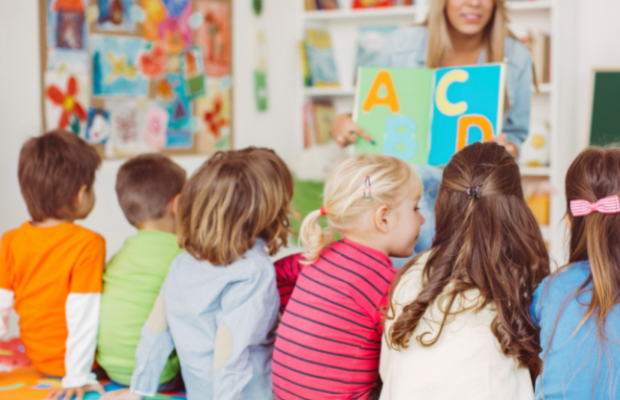How Do Children Learn Through Play?

As an adult, Albert Einstein remembered a pivotal event in his life that inspired his interest in scientific discovery. He was four or five years old and stuck in bed with a childhood illness when his father handed him a magnetic pocket compass to play with. He spend hour twisting the compass, wondering how the needle always knew to point towards the north.
The book Internet Invention: From Literacy to Electracy , quotes Albert Einstein on how playing with that compass inspired his love of science. “I can still remember,” he wrote, “that this experience made a deep and lasting impression on me. Something deeply hidden had to be behind things.”
As a parent, you probably love to see your child playing. It’s incredible to hear their ideas and to learn about the new worlds they create. It’s also fun to see how creative they can be as they put their imagination to use in learning about the world around them
As an adult, Albert Einstein remembered a pivotal event in his life that inspired his interest in scientific discovery. He was four or five years old and stuck in bed with a childhood illness when his father handed him a magnetic pocket compass to play with. He spend hour twisting the compass, wondering how the needle always knew to point towards the north.
The book Internet Invention: From Literacy to Electracy , quotes Albert Einstein on how playing with that compass inspired his love of science. “I can still remember,” he wrote, “that this experience made a deep and lasting impression on me. Something deeply hidden had to be behind things.”
As a parent, you probably love to see your child playing. It’s incredible to hear their ideas and to learn about the new worlds they create. It’s also fun to see how creative they can be as they put their imagination to use in learning about the world around them.
What is Meaningful Play?
Schools that use the Montessori education focus on encouraging children to learn through “meaningful play.” According to the book, From Play to Practice: Connecting Teachers’ Play to Children’s Learning, “meaningful play” has five characteristics. It:
- Gives the child a choice about what he or she wants to do
- Feels fun and enjoyable for the child
- Evolves spontaneously, rather than giving kids a script to follow
- Is driven by intrinsic motivation about what the child wants to do
- Creates a risk-free environment where kids can experiment and try new ideas.
In meaningful play, children are active participants. For example, instead of passively taking in a lesson, children take on roles alongside their peers and respond to the other children according to the rules of play that they’ve created.
While “rules” may seem counterintuitive to the idea of free, voluntary play, a system of mental rules is actually one of the other key features of play. Children may state these explicitly, form them collaboratively or follow a selected leader, or have an inherent sense of what governs the terms of their playful engagement. This active, pleasurable negotiation of rules and symbols can offer a number of learning benefits.
How Do Children Learn Through Play?
In her TedX Talk talk, Professor Doris Fromberg, Director of Early Childhood Teacher Education at Hofstra University, explains why play is such an important part of the learning process for children.
For young children, play is often a full body activity that helps them develop skills they will need later in life. Running, dancing, climbing, rolling—these activities all foster muscle development and help fine-tune motor skills. Children also build their mental and emotional muscles as they create elaborate, imaginative worlds rich with a system of rules that govern the terms of play.
University of Denver researchers Elena Bodrova, Carrie Germeroth, and Deborah J. Leong found that children teach themselves to regulate their emotions and think before they act when they play. For example, if a child is pretending to be Olaf from Frozen, they may pretend they’re melting when they come inside or insist that they like warm hugs. In each case, they consider how their actions will correlate with how Olaf should act in a given situation.
This role playing helps children build social skills and helps them become the kind of adults who are able to thrive in a range of personal and professional environments.

